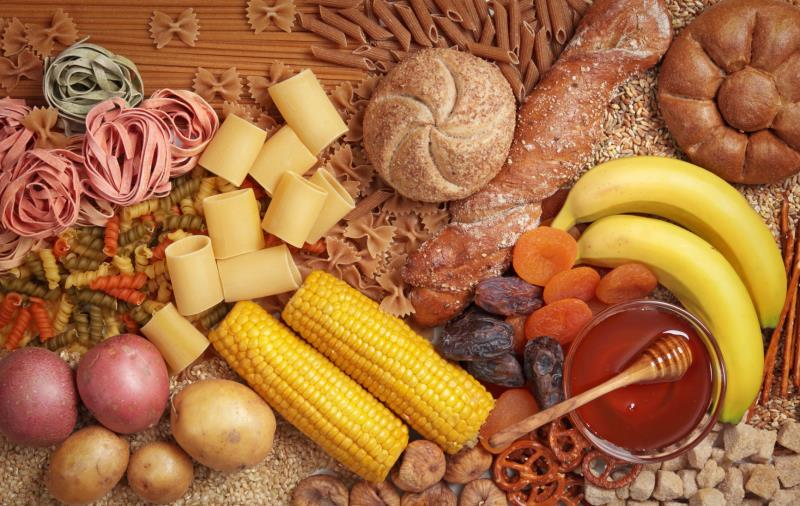
Replacing sucrose and fructose with starch results in reduced low-density lipoprotein cholesterol (LDL-C) concentrations, reveals a study. Moreover, substitution of fructose with glucose provides a beneficial effect on insulin resistance as well as uric acid concentrations.
This network meta-analysis (NMA) included randomized controlled trials (RCTs) investigating the isocaloric effect of substituting dietary sugars (fructose, glucose, sucrose) with other sugars or starch on cardiometabolic risk markers, such as LDL-C, triacylglycerol (TG), fasting glucose (FG), glycated haemoglobin (HbA1c), insulin resistance (HOMA-IR), uric acid, C-reactive protein (CRP), alanine transaminase (ALT), aspartate transaminase (AST) and liver fat content.
The investigators calculated the pooled mean differences (MDs) with 95 percent confidence intervals (CIs) and ranked the surface under the cumulative ranking curves (SUCRAs) to identify the most beneficial intervention for each outcome. They also used the Confidence In Network Meta-Analysis tool to assess the certainty of evidence.
Thirty-eight RCTs, including a total of 1,383 participants, met the eligibility criteria. LDL-C concentrations decreased with interventions replacing sucrose with starch (MD, –0.23 mmol/L, 95 percent CI, –0.38 to –0.07 mmol/L) or fructose with starch (MD, –0.22 mmol/L, 95 percent CI, –0.39 to –0.05 mmol/L; SUCRAstarch, 98 percent).
Substituting sucrose with starch also reduced FG concentrations (MD, –0.14 mmol/L, 95 percent CI, –0.29 to 0.01 mmol/L; SUCRAstarch, 91 percent). In addition, the exchange of fructose with an equivalent energy amount of glucose lowered HOMA-IR (MD, –0.36, 95 percent CI, –0.71 to –0.02; SUCRAglucose, 74 percent) and uric acid (MD, –23.77, 95 percent CI, –44.21 to –3.32 µmol/L; SUCRAglucose, 93 percent).
No significant effects were noted for TG, HbA1c, CRP, ALT and AST, according to the investigators, adding that the study was limited by its very low-to-moderate certainty of evidence.